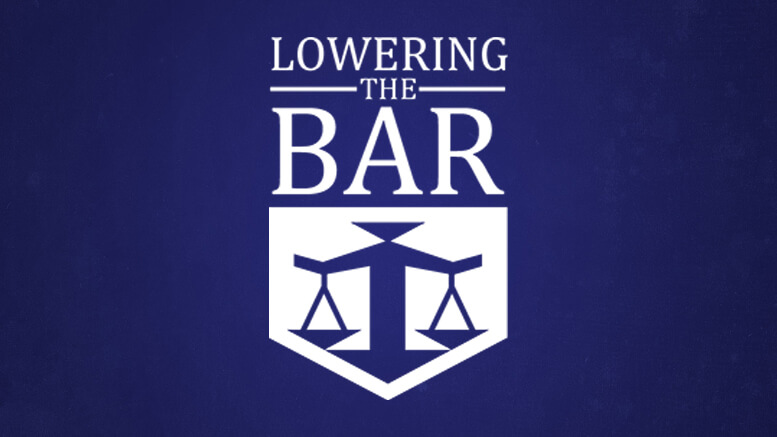While I dearly wish that "Monkey v. Ape" was the name of a reported case, or maybe something you might be able to see on pay-per-view, here I am using the phrase to refer to a question raised this weekend by a reader of a previous item, "Faked Evidence Fails to Conceal Ape’s Whereabouts."
As you may recall, the animal in question was a "marmoset." Now, although there is more of a dispute about primate taxonomy than I (and, probably, you) might have expected, there is no question that a marmoset is a "monkey." Specifically, it is one of the "New World monkeys," which tend to be smaller than their Old World cousins and so have a much harder time learning to juggle. The question is whether it was acceptable to refer to the marmoset as an "ape."
Technically, the answer is probably no. "Ape" is more often used (as in the graphic above) to refer only to any member of the Hominoidea "superfamily", which includes humans and the larger primates like gorillas but also the gibbon family (Hylobatidae), and don’t pretend that you didn’t also think gibbons were "monkeys" like I did until just now. But the New World and Old World monkeys are on different branches of the tree, and that is not a great joke but if you think it’s easy to make primate taxonomy funny, I encourage you to start your own blog and give it a shot.
So, by that criteria, humans, gorillas, chimps, bonobos, orangutans, and gibbons are "apes" but other primates, including marmosets, are not. Those other primates are not all "monkeys," either, but that is beyond the scope of this post which is already well beyond the scope of this blog.
On the other hand, "ape" is not a technical term at all and so one could argue that it therefore isn’t incorrect to use that term loosely to refer to a wider variety of primates, if, for example, you just think it’s an inherently funny word for some reason. In fact, according to Wikipedia, which I find is generally correct at least when it agrees with me, "the original usage of ‘ape’ in English might have referred to the baboon, an African monkey," and the term was traditionally used to refer to any non-human primates that did not have tails. And since this blog is anything but scientific, I think it is fair to conclude that "ape" was appropriate here, though I am glad the issue was called to my attention.
Wikipedia also claims that a group of apes can be referred to as either a "troop" or a "shrewdness," and I like "a shrewdness of apes" well enough that I’m just going to start using it without looking it up any further.
Link: Mammal Species of the World (on-line database)
Link: Great Ape Trust

